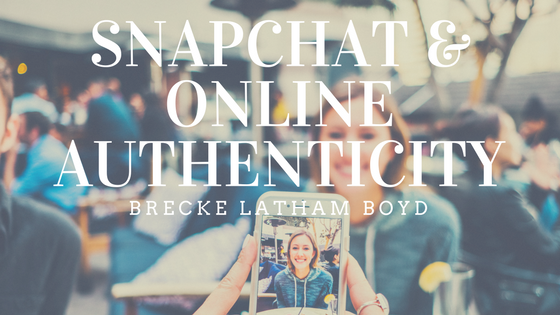After having come under fire for its performance, social media platform Snapchat defended the way it treats celebrities, which, put simply, is the same way it treats every user of the platform. An article in the New York Times details the way pop singer Jay Sean has sought counsel from the higher-ups of such platforms as Instagram for help managing his social profiles but was unable to land a similar meeting at the Snapchat headquarters.
For those who are unfamiliar, the basics of snapchat are as follows. Users take photos or videos and either add them to a story or send them directly to another user or group of users. Once the media is seen, though, it disappears forever. There’s no way to add hyperlinks, access it outside a mobile device, offer text comments visible to all users, or edit photos/videos without making it extremely obvious that you went outside the app to do so (a fairly recent update allows users to upload external media but puts such media in a white frame to denote its externality). So what’s the point?
Snapchat most similarly mimics how people interact in person. Media appears in real-time and generally unedited, save for some ridiculously obvious edits (e.g. filters, stickers, or text). The video, audio, and visuals are highly imperfect. Experiences are limited to a finite time.
For many companies who are tapping into the world of social media for the sake of advertising, Snapchat is a tough platform. Whereas Instagram, Twitter, and Facebook offer special perks for corporations and celebrities for ads, Snapchat puts the authenticity of the user experience before all else. In fact, it’s against Snapchat’s use of service to use the platform for the sole purpose of advertising. Companies and corporations have to be considerably more clever and engaging than that in order to make the platform worthwhile.
Those companies that have been successful to realize that the extreme authenticity can be leveraged to give users an insider’s look. Instead of whacking viewers over the head with “buy our product” messages, marketers who use snapchat successfully embrace the chance to connect with users personally and demonstrate a more human element of big corporations. Fashion designers and artists offer users insight into the creative processes of putting together a new piece. Celebrities give average joes a peek at the day-to-day life of luxury they live.
More than anything else, today’s digital natives value authenticity and honest talk. This craving for knowing what’s “real” has driven shows like Adam Ruins Everything and the slew of reality shows that have flooded TV networks to incredible successes. Applied to advertising and marketing, young people are disillusioned with false promises made in TV commercials that sound too good to be true. Modern consumers of media can spot a self-righteous phony a mile away, so the heart of any creation has to be honesty honesty honesty.

